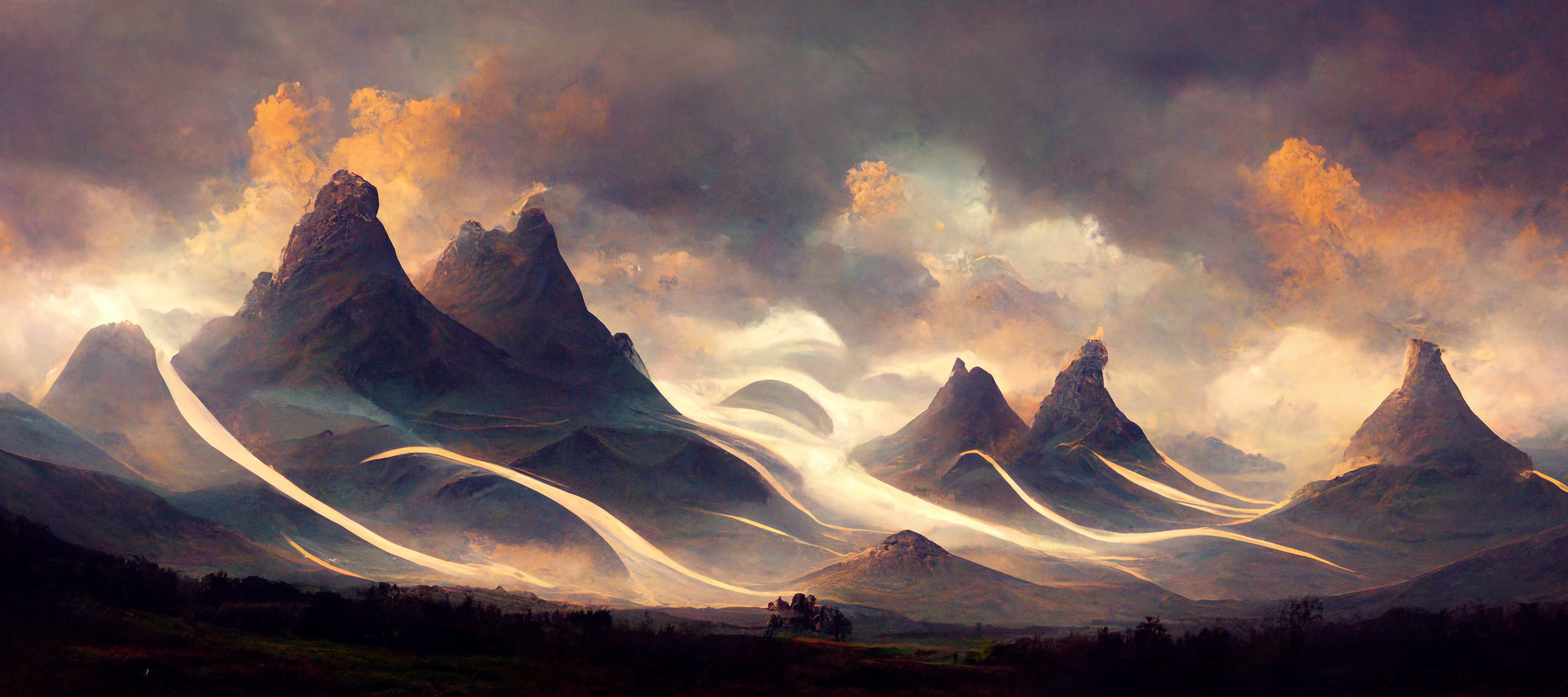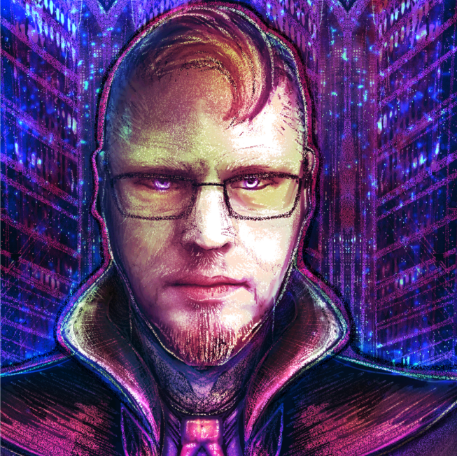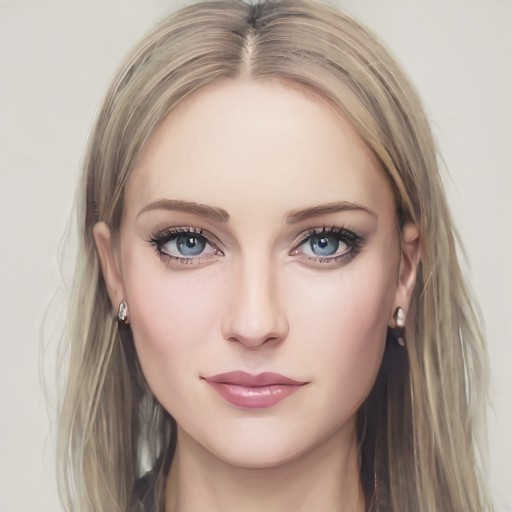
(Not a Copyright right here, just asking that To-Do, viewable by everyone be looked at from time to time and someone comment on it to remind me it exists - Also if people would comment on Glossary of Terms with terms they come across and think should be included, that would be wonderful)
Default Corive Cover art was done by me, Lyraine, on Midjourney. The default Background image was done on Artbreeder.com and further artwork includes backgrounds and headers done on artbreeder or with Midjourney, unless credited otherwise.
Theme was mostly stapled together with parts of Scripture Theme, World Anvil Base Theme, and Elven Forest designed by Whitemace, Maybe TJ Trewin, and I know for certain TJ Trewin, in that order. CSS help gratitude goes out to Siloandra, Spartango and BrokenJac as well on the Discord's CSS Help channel, and extra thanks to everyone else on the Discord who has helped out with CSS or similar tools.




Nice article... i love the overview of the different deities/religions of the areas of your world. And totally makes me realise i need to do something similar for my world... a place where gods are real and I have barely explored it! Inspiring :-)
Check out Shadowfire and my SummerCamp Pledge and Progress
I'm glad you enjoyed it! I found I have a lot of empty places that will need writing as well. XD Here's hoping it inspires you in ways that won't cause pain (I cried in dispair for a moment because I wasn't sure I'd have enough words and enough places to do my article the the regions any justice)